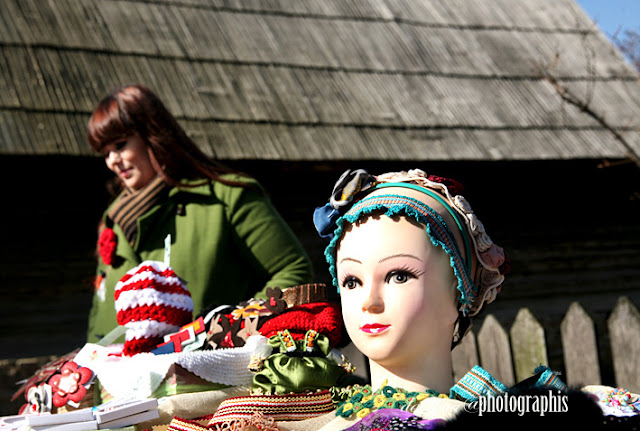Muzeul Naţional al Satului „Dimitrie Gusti” organizează în perioada 27 februarie – 8 martie 2017 târgul „De Mărţişor. Târg cu tâlc...”
care își propune promovarea vechiului obicei al dăruirii, la început de
primavară, a micilor obiecte artizanale cu rol protector precum și a
meșteșugului stimulând creativitatea, originalitatea și inspirația ce
dau naștere unor mărțișoare deosebite.
Mărțișor is an old tradition celebrated all over Romania every year, on March 1st.
The name Mărțișor is a diminutive of March (Martie in Romanian).
The name Mărțișor is a diminutive of March (Martie in Romanian).
It is believed that the person who
wears the red and white string would
enjoy a prosperous and healthy year.
In modern times, and especially in urban areas, the Mărțișor lost most
of its talisman properties and became more a symbol of friendship, love,
appreciation and respect. The black threads were replaced by red, but
the delicate wool string is still a ‘cottage industry’ among people in
the countryside, who comb out the wool, dye the floss, and twist it into
thousands of tassels. In some areas, the amulets are still made with
black and white string, to ward off evil.Related to Martisor and also symbol for spring in Romania is the snowdrop flower.
































































